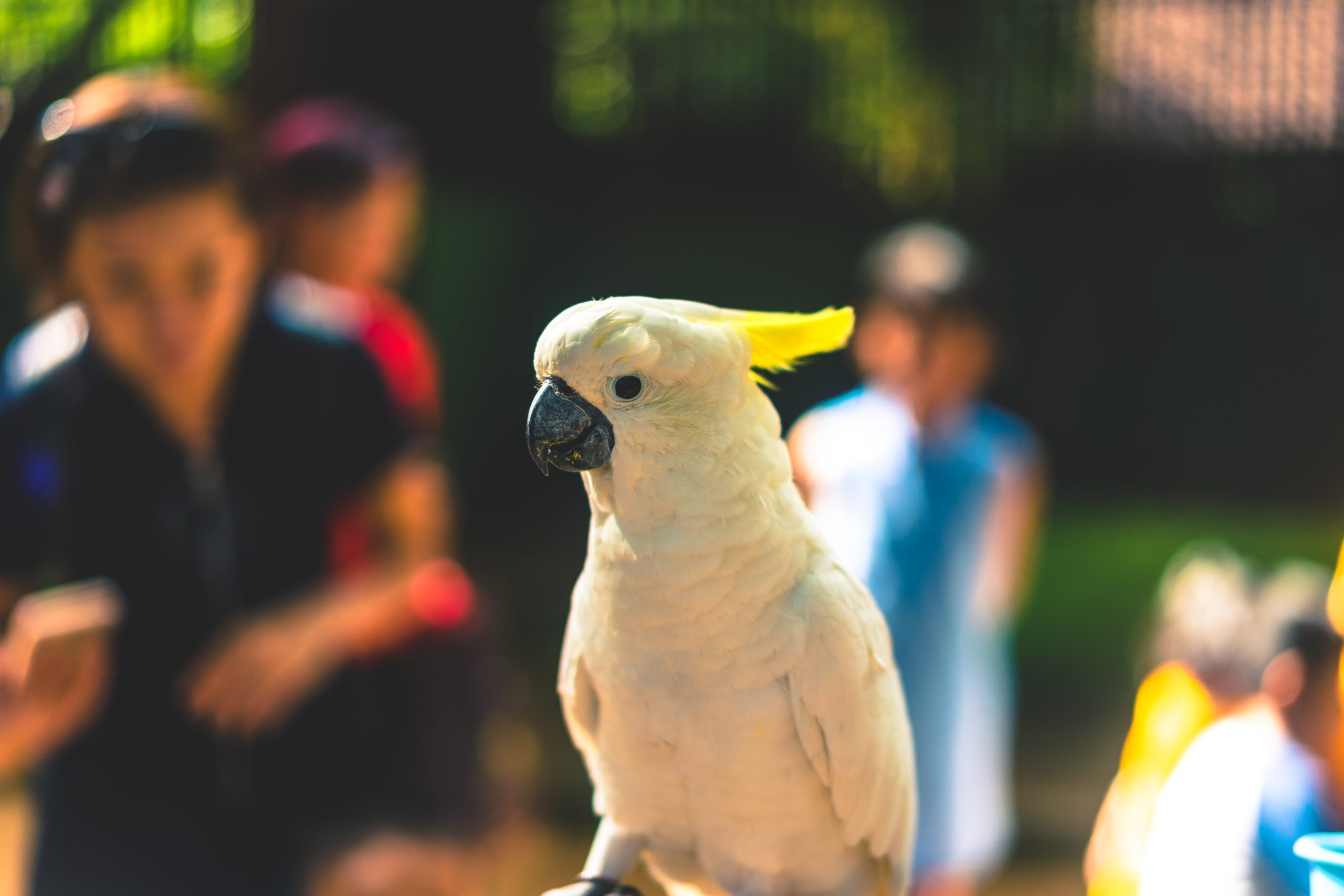Most people think it won’t happen to them, but losing a pet occurs more often than one might think.
There are many steps you can take when a pet is missing, but it’s important to take action immediately. The sooner you start your search, the better your chances of finding the animal.
Most importantly, do not give up! Sometimes pets can be recovered weeks after they are reported lost.
Search your local area on foot
Of those lost pets who are found, most are found within a 3km radius of the place they were lost. Most dogs stay within a 5km radius of their home base and seek out quiet areas to hide, such as dead-end streets or cemeteries. Cats tend to hide in enclosed spaces or up trees, so take a torch and check everywhere carefully – cats can squeeze into amazingly small and unusual spaces!
Pets may make their own way home of their own accord, so make sure you put out some food and water out and some items with a familiar smell such as a blanket or your shirt. If your pet has a litter tray, place it at the exit points of your yard, or even sprinkle a little around. This may help your pet to smell where its territory is and find their way home.
Walk around the area (particularly on your walking routes, if a dog is missing) calling your pet’s name. Take any of your pet’s favourite squeaky toys, bells or their food bowl with you and make a lot of noise. A very strong-smelling treat such as cheese or fish-flavoured kitty treats may also be helpful. Stop periodically to listen carefully for your pet.
Knock on doors in nearby neighbourhoods where you think your pet might be. Do not go alone – take a friend. Give your neighbours a description of your pet and ask them to take a look in their yard while you are there.
Spread the word locally
Make a flyer to put up around your area. Use a simple design with easy-to-read type and a photo (colour, if possible) of the pet. Do not include too much detail; you want the type to be large enough for people to read and you want readers to remember the key details. If possible, include a strip of tear-off tabs noting Lost Pet and the numbers you may be reached on.
Many people have found it helpful to add the word REWARD in large type – but do not include the money amount. Caution must be exercised when people ring claiming to have your pet – always hold back one distinguishing feature that may be used for identification. Never go to a stranger’s house alone and always take someone with you when searching and distributing flyers.
Post your flyers where pet owners go – pet stores, vets, grocery stores (including pet food aisles), libraries – and post them at schools, too. Children can be excellent pet spotters, particularly when a cash reward is offered. Also try to speak to and give flyers to mail carriers, delivery drivers, meter readers and local police officers. These people may spot your pet on their regular routes through the area.
Call or email every animal shelter, RSPCA (in Australia) or SPCA (in New Zealand), humane society, council and veterinarian in your area, or use a local pet search service to do this for you. You can also contact breed rescues if your pet is a particular breed. Ensure that you provide a detailed description of the animal, including the name of the pet, sex, age, breed type, weight, neuter status, colour and distinctive markings. Describe the type of collar and identification tag the pet should be wearing. If the pet is microchipped or has a tattoo, be sure to provide that information. Some vets and other facilities will post a notice in their facility or on their Facebook page about your lost pet.
Check your local shelters and animal control departments at least every other day after you initially alert them. Due to their changes in staff shifts and hectic environments, it is likely that your initial report may get lost in the shuffle.
Road crews/council workers often remove animals from the roads, so find out who does this in your area. In this case, no news is good news.
Take your search online
Another effective technique is to post on social media, especially to reach areas you cannot cover in person with your posters. Ensure that your posts are public, particularly on Facebook, so that your friends, their friends and local businesses are able to share your post to help spread the word to more people.
Alternatively, you may wish to employ the services of Lost Pet Finders – a free listing includes a downloadable flyer and Facebook post, with a paid option where LPF contacts local private members, vets, pounds, councils and other facilities in your area. The RSPCA/SPCA or other humane society in your area may also offer a pet search service – check their website for details.
You can place lost pet ads for free on most online classifieds (e.g. Gumtree or TradeMe). People who find pets will sometimes check the lost and found ads. Many areas also have “lost pet” or general “lost and found” groups set up on Facebook. When posting online or arranging to collect your pet, be very aware of your safety: make sure you do not give away any sensitive information, avoid posting a dollar amount if you offer a reward and ensure someone is with you if you meet someone who says they have your pet.
When your pet is found
If your pet comes back to you, give them a big snuggle and a treat! After that, don’t forget to take your flyers and lost pet listings down and notify any local services you have been in contact with, as they can post an update or remove a listing.
If your pet goes missing you are far more likely to be reunited if he or she is microchipped. If your pet hasn’t already been microchipped, book this in with your veterinarian as soon as possible.
If your pet is a serial escapee, it’s a good idea to find out why and how they are getting out – it may be a poorly planned enclosure or a deeper behavioural issue. If your pet’s behaviour is a concern, then consult your veterinarian or a veterinary behaviourist who can help you to address the cause directly.




